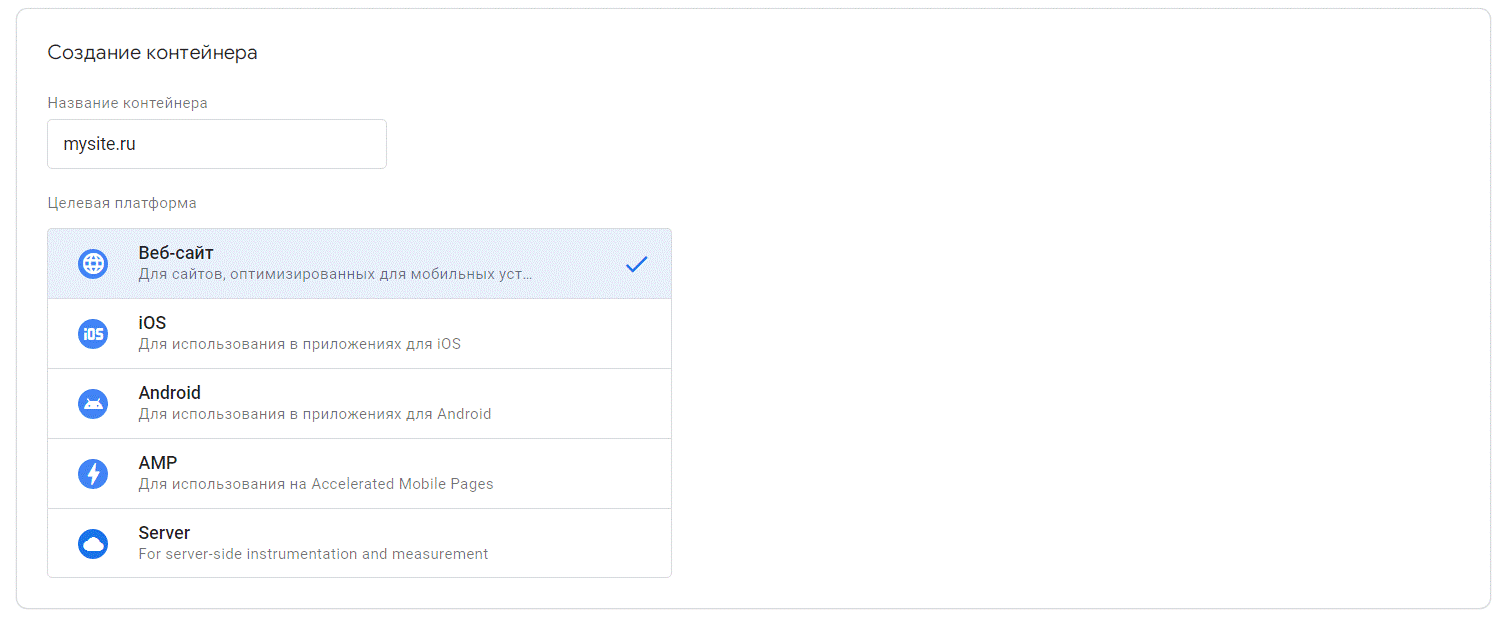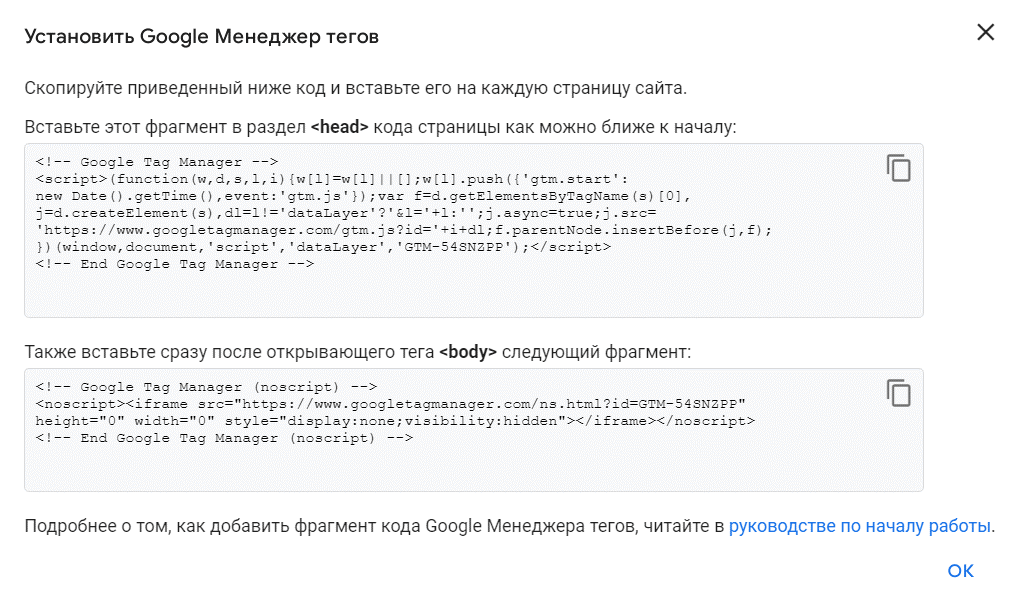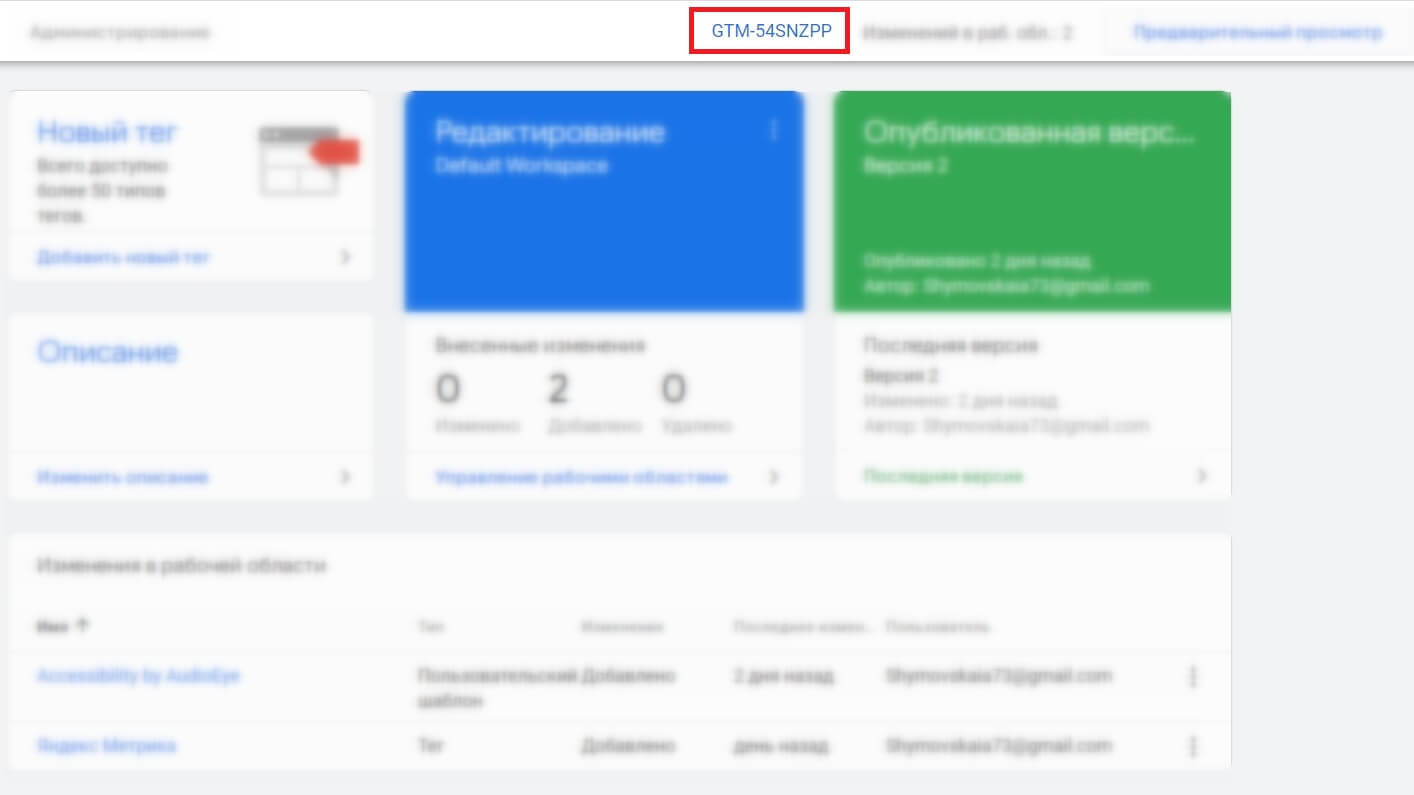|
What is Google Tag Manager
Google Tag Manager (GTM) is a tag management system (a fragment of JavaScript code) that helps add third-party codes to a website, such as social media pixels or analytics systems.
Why use Google Tag Manager
With GTM, you can configure and publish tags directly in the interface of GTM without involving programmers. That is, to track how many people clicked on the contact form or pressed the "register" button, you don't need to hire a developer and write separate code. You can take the ready-made code from GTM and insert it into your site.
GTM is used to create different tags:
• Tracking codes for search engines;
• Remarketing codes for contextual advertising;
• Tracking views of specific pages or content;
• Clicks on various buttons;
• Form submissions;
• Tracking transitions through external and internal links.
With GTM, you can add Google Analytics and Yandex.Metrica tracking codes to the site in just a few minutes. After that, you can track visits and actions of visitors in both analytics systems without having to configure them separately.
Example. An online flower shop wants to set up advertising through Google Ads & Yandex.Direct and track statistics on clicks on the order form through Google Analytics: let's say it is easier to use and provides more information about users through that analytics system for that shop.
Manually inserting two tracking codes into the site is difficult and inconvenient, in this case it is easier to use Google Tag Manager: first integrate GTM into the site, and then add all the necessary analytics services within the tool.
How to install Google Tag Manager
Go to the link and click "Create Account". In the opened window, write the account name and our location.
(GTM is a service from the Google ecosystem. Therefore, a Gmail account is required to use it.)
Then we write the container name and select the target platform for which we will work with the tags.
The container is a set of all the parameters configured for a specific website or application. Essentially, the container is the main code that is embedded in the site and allows running codes of other services.
You can create multiple containers in the account so that you can configure different parameters for each site. This is convenient if the company manages a large number of sites and needs to use codes from different services. For example, if this is a chain of cafes and restaurants with landing pages for each location.
There are 5 platforms in total:
• website;
• iOS;
• Android;
• Server;
• AMP - pages that load quickly and are convenient to view on mobile devices.
 |
In our case, we choose the website. (In practice, they rarely work with other platforms, so we won't dwell on them.)
After that, we click the "Create" button in the lower left corner. A window will appear in which you need to agree to the GTM rules. After that, you will see 2 codes - first you will need a fragment for the <head> section.
 |
When you have copied the fragment, open the code editor of the desired site. This can be done in the hosting panel, or in special code editors like Notepad++ or Visual Studio Code.
The code needs to be inserted as close as possible to the <head> tag. This way we can even track those users who closed the site before it was fully loaded.
After that, you need to copy the second part of the code and insert it after the <body> tag. This is necessary to collect more complete statistics on the user's actions on the site.
Creating a website: what to choose - CMS or website builder
If you're working with a CMS-based website, it will be easier to add GTM through a plugin. This way you don't have to dig into the code - you can install the ready-made extension in the CMS admin panel. We won't go into the details of the installation, I'll explain it briefly: go to the CMS (for example, WordPress), in the plugin store, write Google Tag Manager and install the plugin. It's better to choose the one with more reviews: this means it's tested and actually works.
After that, go back to GTM and copy the container ID (starts with GTM) written on the top panel.
 |
Again, go to the plugin settings, find the Google Tag Manager ID line. It is usually located in the "General" section. And insert the code.
Main GTM Terms
Container - a shell for storing all the tags of your website or mobile app. Essentially, the container is the main code that is added to the site and is responsible for launching codes of third-party services.
Tag - a fragment of JavaScript code that helps track traffic and visitor behavior, analyze advertising effectiveness and set up remarketing. Essentially, these are the codes that are placed on the site. For example, a social media pixel or call tracking system counters. Each tag is connected to a trigger.
Trigger - a specific event that launches or blocks a tag. Essentially, this is the rule by which tags are triggered. For example, a trigger can be the loading of a page or clicking a button.
Variable - a parameter for which a value is passed. A variable is an additional condition for triggers, and for tags - additional information. For example: Click URL (the text of the URL link that the user clicked on) or Click Text (the text of the element that the user clicked on - for example, a button).
Thus, through GTM, you can not only track data which is collected by default, but also use a combination of the above parameters to configure and collect unique data from your site.
|